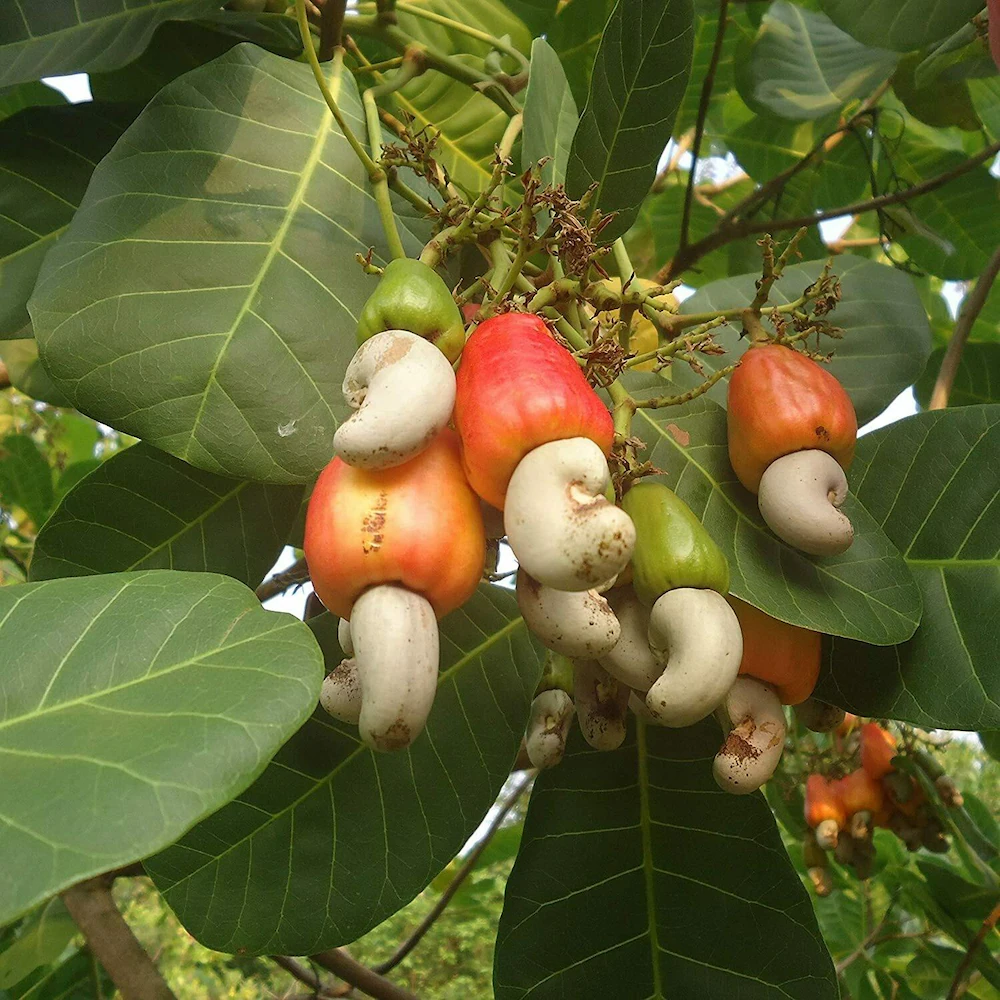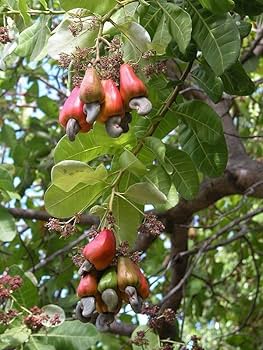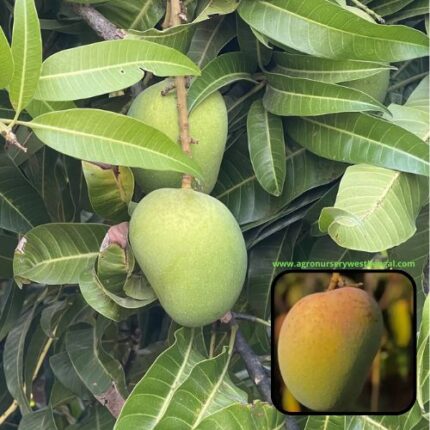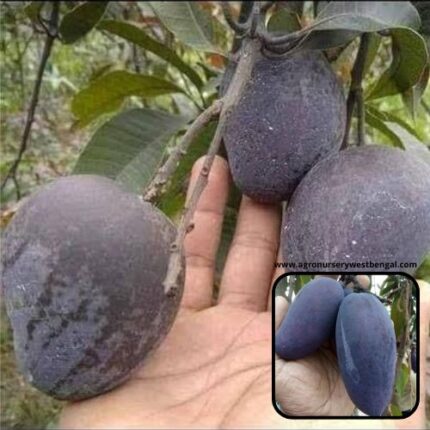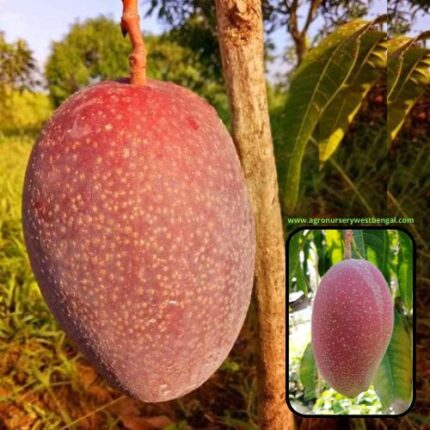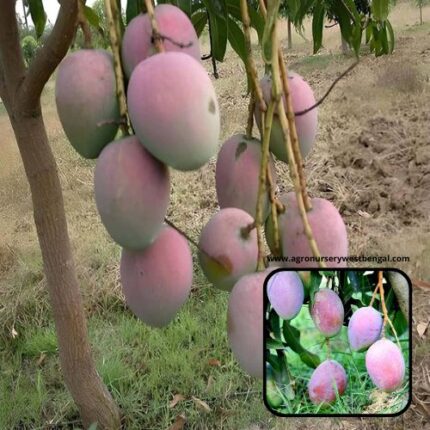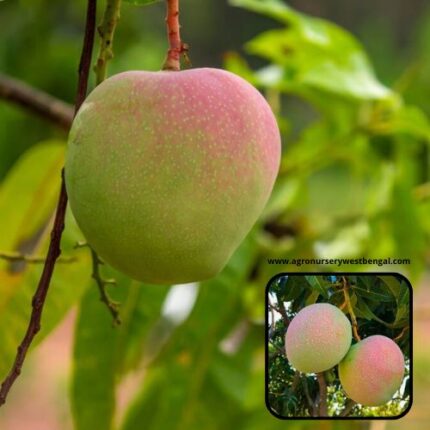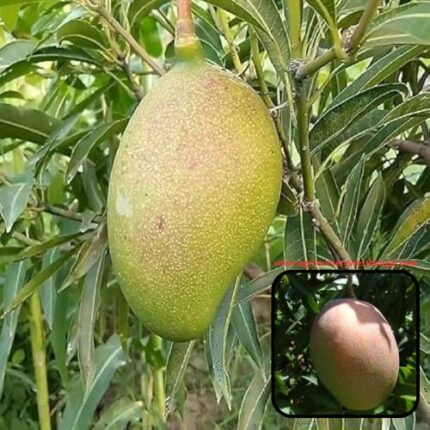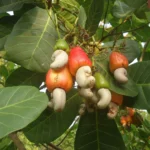
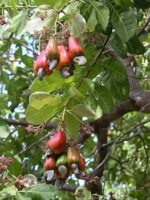

Red Imli fruit plants
₹899 Original price was: ₹899.₹549Current price is: ₹549.
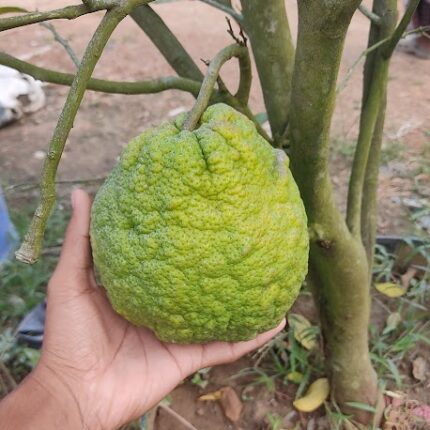
Vietnam Malta fruit plants
₹799 Original price was: ₹799.₹399Current price is: ₹399.
Kaju badam fruit plants
₹999 Original price was: ₹999.₹559Current price is: ₹559.
Category: Fruit Plants
Description
“Kaju Badam” is a common phrase in India, often used to refer to a combination of two popular dry fruits: Kaju (Cashew) and Badam (Almond). While both are widely consumed and offer significant health benefits, they are distinct in their botanical origin, appearance, taste, and nutritional profiles.
Let’s break down each:
Kaju (Cashew)
- Scientific Name: Anacardium occidentale
- Botanical Classification: Cashews are technically seeds, not true nuts, although they are commercially classified and consumed as nuts. They grow at the bottom of a fleshy, pear-shaped structure called the “cashew apple,” which is an accessory fruit.
- Appearance:
- Shape: Distinctive kidney-shaped or crescent-shaped.
- Color: Typically pale white to creamy off-white.
- Texture: Smooth, soft, and somewhat oily.
- Taste and Flavor Profile:
- Cashews have a mild, creamy, buttery flavor with a subtle sweetness. They are less intensely nutty than some other nuts.
- Origin: Native to Brazil, but widely cultivated in tropical regions, particularly India and Vietnam.
- Processing: Raw cashews are encased in a double shell that contains a caustic resin (urushiol), similar to poison ivy. They must be carefully roasted or steamed to remove this toxic substance before the edible seed is extracted. This is why cashews are rarely sold truly “raw” in their shell.
- Culinary Uses:
- Extremely versatile in Indian cuisine, used extensively in rich gravies, curries (e.g., Kaju Masala), sweets (e.g., Kaju Katli), and as a garnish.
- Popular in stir-fries, salads, and as a snack (roasted and salted).
- Used to make vegan dairy alternatives like cashew milk, cheese, and cream due to their creamy texture.
- Nutritional Value (per 100g, approximate):
- Calories: ~553 kcal
- Protein: ~18-20g
- Fat: ~44g (mostly healthy monounsaturated fats)
- Carbohydrates: ~30g
- Fiber: ~3g
- Vitamins: Good source of Vitamin K, Vitamin B6, Thiamine.
- Minerals: Excellent source of copper (crucial for energy production, brain health, and immune system), magnesium (bone health, nerve function, blood pressure), zinc (immunity, wound healing), iron, and phosphorus.
- Health Benefits:
- Heart Health: Rich in monounsaturated fats that can help maintain good cholesterol levels.
- Bone Health: Magnesium and phosphorus contribute to strong bones.
- Immunity: Zinc and antioxidants boost the immune system.
- Energy: Provide sustained energy due to healthy fats and protein.
- Skin Health: Copper aids in melanin production for healthy skin.
- Blood Sugar Management: Fiber and protein help regulate blood sugar levels.
Badam (Almond)
- Scientific Name: Prunus dulcis
- Botanical Classification: Almonds are also technically seeds (of the almond fruit, which is a drupe), not true nuts, though they are universally referred to as nuts. The outer fleshy hull is typically discarded, and the hard inner shell is cracked to reveal the edible seed.
- Appearance:
- Shape: Oval or teardrop-shaped, flattened.
- Color: Light brown skin (skin-on almonds), or creamy white when blanched (skin removed).
- Texture: Crunchy and firm.
- Taste and Flavor Profile:
- Almonds have a distinctly nutty, slightly sweet, and sometimes mildly bitter (in wild varieties) flavor. The taste is more pronounced than cashews.
- Origin: Native to the Middle East, but California is now the world’s largest producer.
- Processing: Almonds are harvested by shaking the trees, and the hulls naturally split open. They are then shelled and can be sold raw, roasted, salted, or blanched.
- Culinary Uses:
- Widely used in desserts (e.g., Badam Halwa, Marzipan), baked goods, and confectioneries.
- Popular as a snack, often roasted or salted.
- Used to make almond milk, almond flour, almond butter, and almond oil.
- Added to salads, granola, and cereals.
- Nutritional Value (per 100g, approximate):
- Calories: ~579 kcal
- Protein: ~21g
- Fat: ~50g (mostly healthy monounsaturated fats)
- Carbohydrates: ~22g
- Fiber: ~12g (significantly higher than cashews)
- Vitamins: Excellent source of Vitamin E (powerful antioxidant), Riboflavin (B2).
- Minerals: Rich in magnesium, calcium (good for bone health), potassium, phosphorus, and iron.
- Health Benefits:
- Heart Health: High in monounsaturated fats and antioxidants, contributing to lower LDL (bad) cholesterol and improved heart health.
- Antioxidant Powerhouse: Rich in Vitamin E and other antioxidants, protecting cells from oxidative stress.
- Bone Health: Excellent source of calcium and magnesium for strong bones and teeth.
- Blood Sugar Control: High fiber, protein, and healthy fats help regulate blood sugar levels, beneficial for diabetics.
- Weight Management: High fiber content helps promote satiety, aiding in weight control despite being calorie-dense.
- Brain Health: Nutrients like Vitamin E and healthy fats are beneficial for cognitive function.
In summary, when someone says “Kaju Badam,” they are likely referring to the delicious and nutritious combination of cashews and almonds, both of which are powerhouse dry fruits widely enjoyed for their distinct flavors and health benefits.

